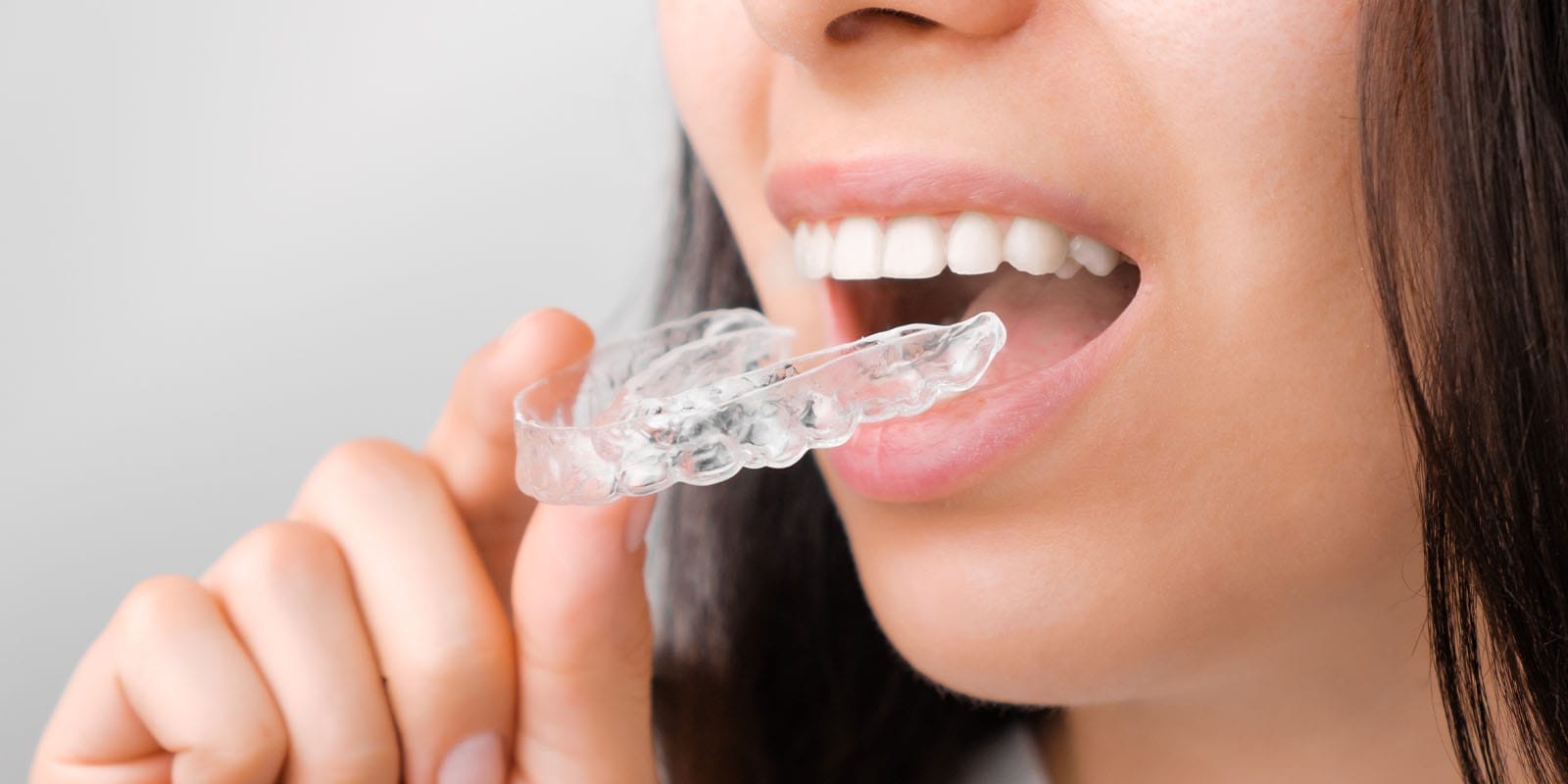Home - Orthodontic Retention Guide
Orthodontic Retention Guide

Braces are a big investment of both time and money, and you don’t want to lose any of that hard-won progress at the finish line. When you get your braces off and see your new smile for the first time, all of the sacrifices and patience will have been worth it. Now your job is to maintain your smile through regular oral hygiene and the use of retainers.
Getting your braces off can feel like the end of a long ordeal and in some ways it is, but you’ll still have to maintain your smile for the foreseeable future. You’re done moving your teeth around but your body doesn’t know that yet. You need to give it time to solidify everything in place, and a retainer is one of the easiest and most effective ways to do that. This process is known as the retention phase and it’s just as important as the active modification phase of your braces. You’ve worked hard for your beautiful smile; keep it that way!
To keep your smile looking its best, you’ll have to wear a retainer to preserve and stabilize your results. Retainers are needed to control or limit potential changes in tooth position. They’re used after braces treatment to hold teeth in their correct alignment while the surrounding gums, bone, and muscle adjust to the new positioning of your teeth.
Types of Orthodontic Retainers
Just like braces, retainers come in a number of different forms, each with their own benefits and challenges. Some are more visible than others and some require more or less maintenance. In every case, retainers are custom-made to fit your specific mouth and keep your teeth right where they’re supposed to be. Common types of retainers include:- Traditional removable retainers. These typically include a metal wire that surrounds the front teeth and is attached to an acrylic arch that sits in the roof of the mouth. The metal wires can be adjusted to finish treatment and continue minor movement of the front teeth as needed. These are the most common and are usually worn at night or between meals, depending on where you are in your treatment plan.
- Aligner-style retainers, or Essix retainers, look similar to clear aligners (think Invisalign) and offer a more aesthetic alternative to wire retainers. This clear retainer may fit over the entire arch of your teeth, or only from canine to canine (clip-on retainer). This style of retainer is produced from a mold of your newly aligned teeth and is nearly invisible when being worn.
- Fixed retainers (sometimes called permanent retainers) consist of wires bonded behind the bottom and/or top teeth. While the device is usually required no more than a year after wisdom teeth have been extracted, it is often kept in place for life.
Pros and Cons
- Removable retainers can be taken out for eating and hygiene routines. Conventional wire retainers and aligner-style retainers fall in this camp. They offer retaining support some or most of the time, but the freedom of an unobstructed mouth when needed.
- Removable retainers can easily get lost and are more likely to be damaged when not being worn. Those concerns are particularly relevant among children, but adults also have mishaps. If you have a removable retainer, remember to keep it in the case whenever you remove it to eat or brush.
- A fixed retainer is great if you don’t want to keep track of a retainer, or if you don’t want to worry about how many hours per day it must be worn.
- Teeth with fixed retainers require a little extra attention to remove tartar while flossing. Patients with fixed retainers often must use floss threaders to pass dental floss through the small spaces between the retainer and the teeth.
- Aligner-style retainers offer a subtler retainer option, allowing you to support your teeth without obscuring your smile. However, they can also be more expensive.
Choosing the right retention method will depend on the specifics of your orthodontic care plan and your individual lifestyle. Your orthodontic care team at Families First Pediatrics can answer any questions you may have and help you decide on the right retention method for you.
Learn More

Two-Phase Orthodontic Treatment
Two-Phase Orthodontic Treatment Many patients only need to undergo one phase of orthodontic work. Typically, that work only begins after the second teeth (commonly called

Itero Element Scanner
Itero Element Scanner We Are a Digital Imaging Practice: Proud Owners of an iTero® Element™ Intraoral Scanner One of the reasons orthodontic treatment is so

Invisalign Treatment
Table of Contents Invisalign vs. Braces There’s never been a better time to straighten your teeth with the most advanced clear aligner in the world.

